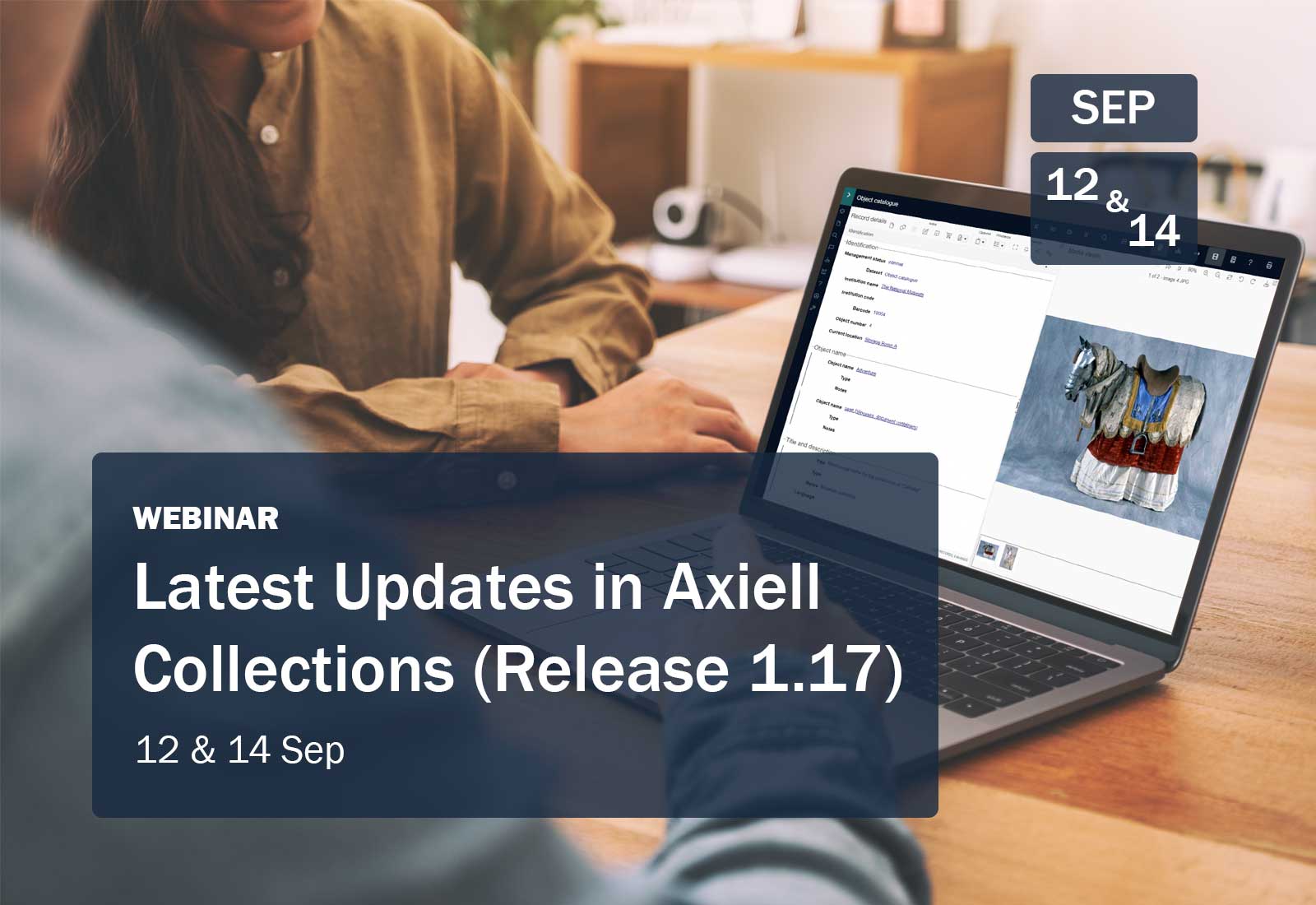Making the most out of your systems by proactively seeking user feedback
If you’ve ever stopped yourself from asking a user “how are things going?” because you were afraid you’d unleash a stream of complaints, you’re not alone. Inviting feedback can seem risky if you’re not prepared to lead a productive conversation about what is and isn’t working the way users had anticipated. With the right approach, getting actionable observations from users can transform how they interact with an application. Organising regular user “health checks” is a great way to continuously monitor opportunities for improvement and resolve potential problems before they grow unwieldly.
PROVIDE MULTIPLE CHANNELS FOR FEEDBACK
We all have an ideal communication style. Some users lean toward anonymous questionnaires, others find a “town hall” session more conducive to sharing their thoughts. To engage users that prefer time to contemplate their answers, consider publishing feedback questions in advance of online surveys and in-person conversations. On the flip side, follow up 24 hours later to ask users if they have anything else to add. With a little distance from a conversation, people often remember a valuable nugget that they’d wish they had shared. When we provide diverse options for contributing feedback, we increase the likelihood that we will get a wide spectrum of comments representing multiple user personas.
HIGHLIGHT WHAT WORKS WELL
When initiating conversations about system use, I often kick off the session by asking users to identify 3 – 5 tasks that an application makes faster, easier, or less stressful to manage. Opening discussions by highlighting what’s working reinforces the idea that while we might review a few pain points, these issues exist within the greater software ecosystem that already benefits the user. In addition to establishing a productive tone for the conversation, the information can often be used to implement a series of quick wins by applying the same principles to similar application components.
IDENTIFY THE SOURCE OF THE STRUGGLE
This is a pretty straightforward question, but it’s often conflated with what a user dislikes about a system. Instead, the more powerful conversation centres around finding where users run into a serious enough roadblock that they either stop using an application (I give up!) or find an alternate solution (I’ll keep this list on paper because my document keeps getting corrupted). Try focusing the conversation on the need rather than the execution. Once you’ve identified 2 – 3 high priority items, work with system administrators, training teams, and your software partners to create an action plan to address these “soft spots”.
ISOLATE ENVIRONMENTAL FACTORS
Software use isn’t just about functionality. Our colleagues, internal infrastructure, and external expectations shape our experiences with technology. In many cases, an issue with an application can’t and won’t be solved by programming or adding new features. Ask users if there are procedural or organisational requirements that can be re-evaluated to support more efficient system use. I’m aware of one site that spent hours manually formatting a report after generating it from a report writing tool. They finally asked the Board if they could change the presentation style and eliminated multiple hours of work.
ACT ON USER FEEDBACK
The reward for having difficult conversations with users is gaining the information to make positive changes moving forward. If you solicit feedback from system users and do nothing with it, people quickly learn that there is no return in preparing thoughtful responses to system questions. In my experience, the key is letting people know you’ve heard them. It isn’t possible or practical to implement every user suggestion; however, people want to be confident that their opinions have been considered. Simply publicising the results of feedback conversations is a great way to validate people’s efforts in contributing comments. Another option is a yearly “state of the system” update.
Things are true whether or not users say them out loud and we can’t address issues if we don’t ask people what they need to continue working with systems effectively. If you’d like some guidance on facilitating these types of conversations and identifying solutions for any challenges raised, Axiell offers a range of Business Analysis services. For pricing and scheduling, please email us at sales-alm@axiell.com.





